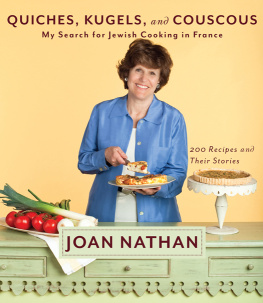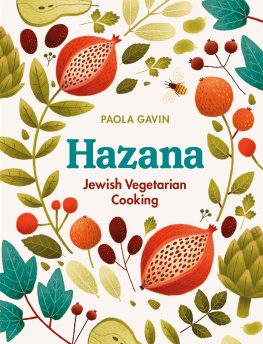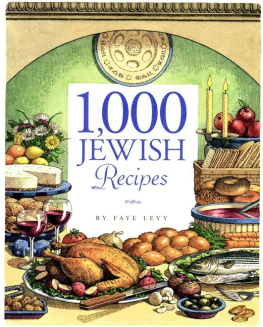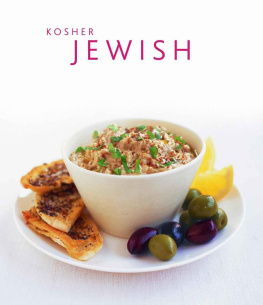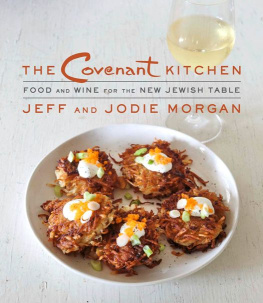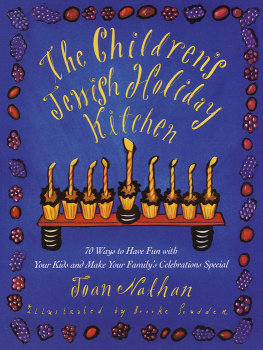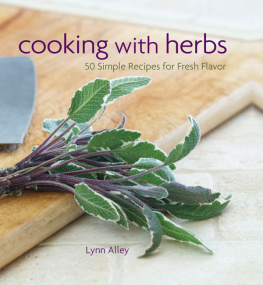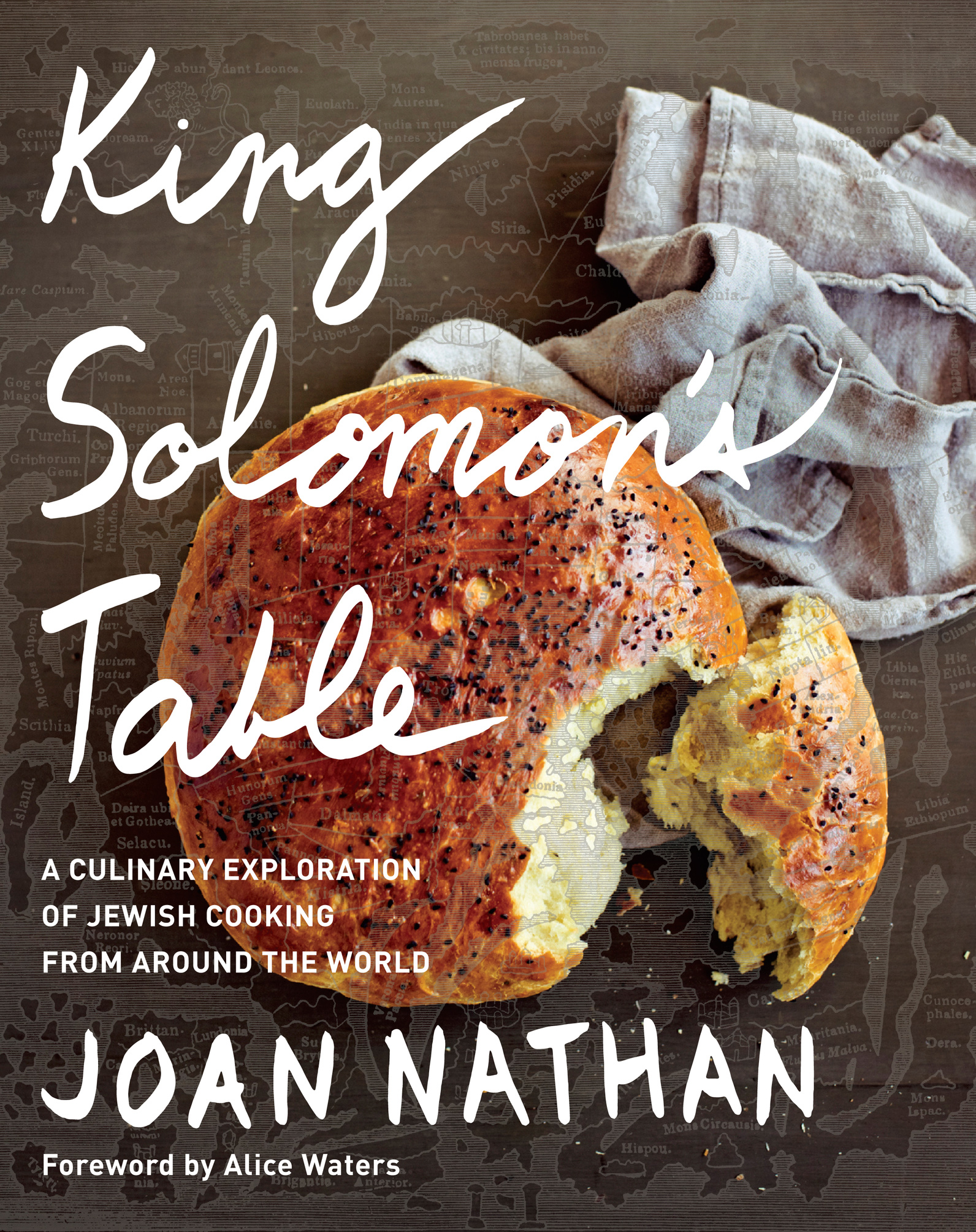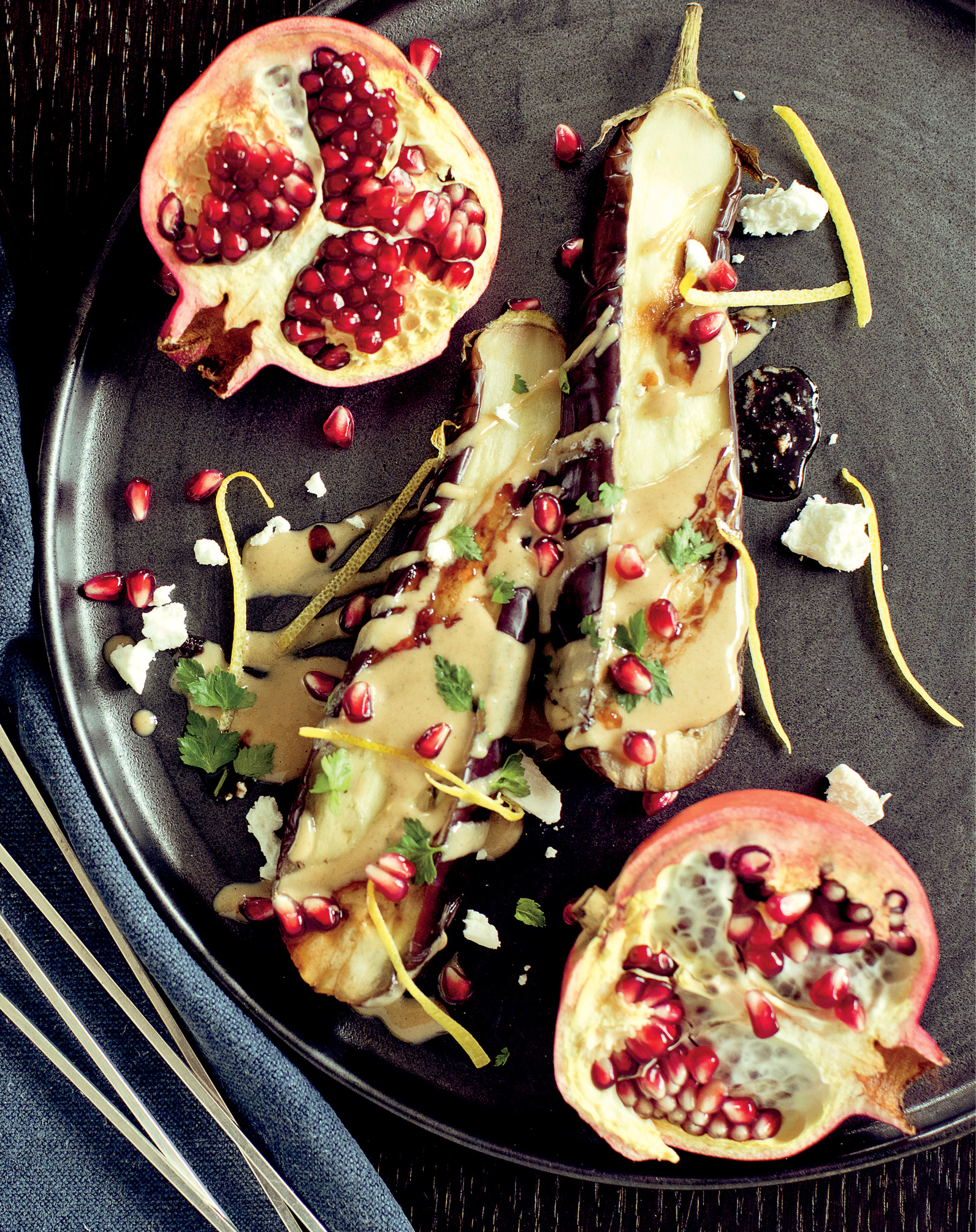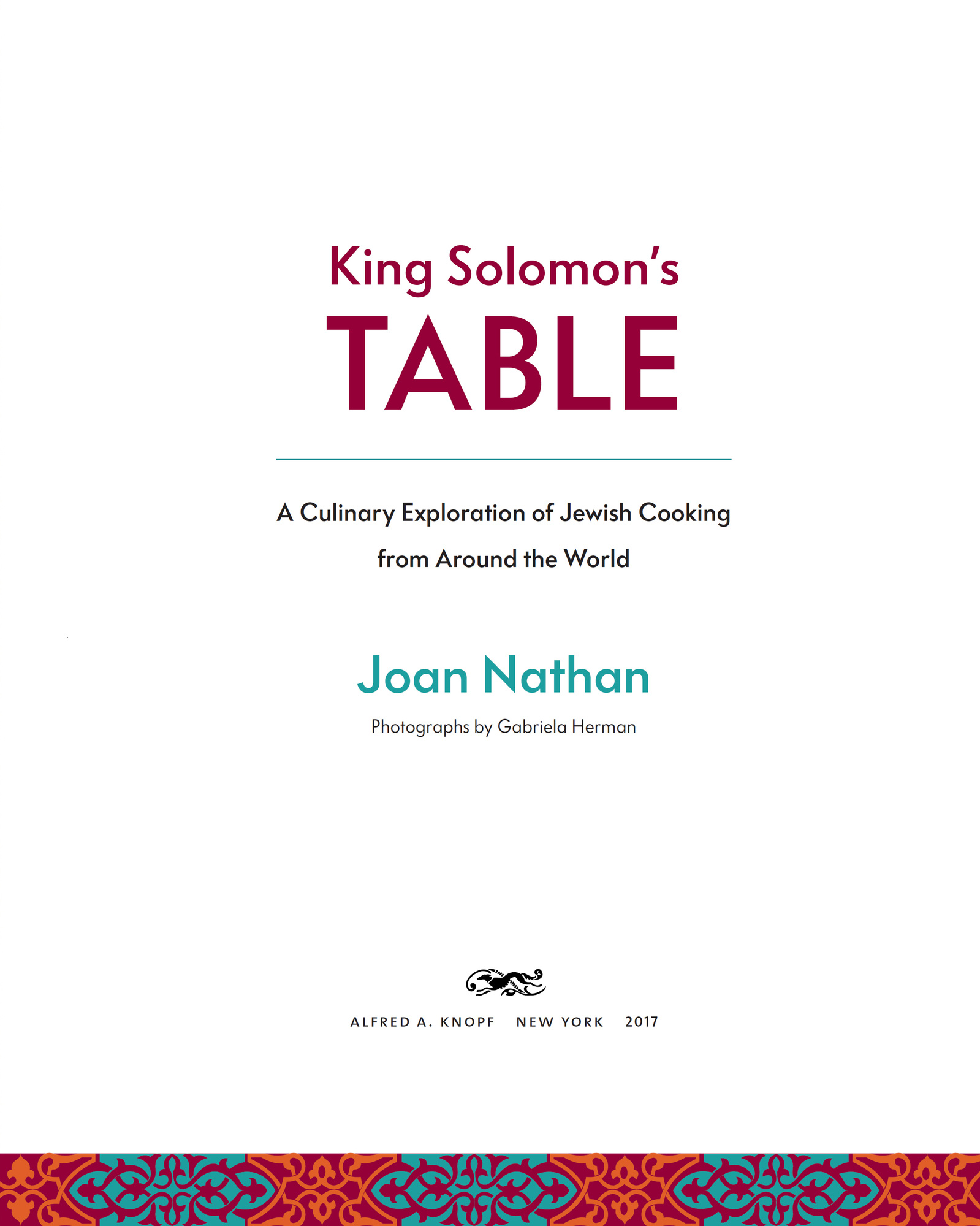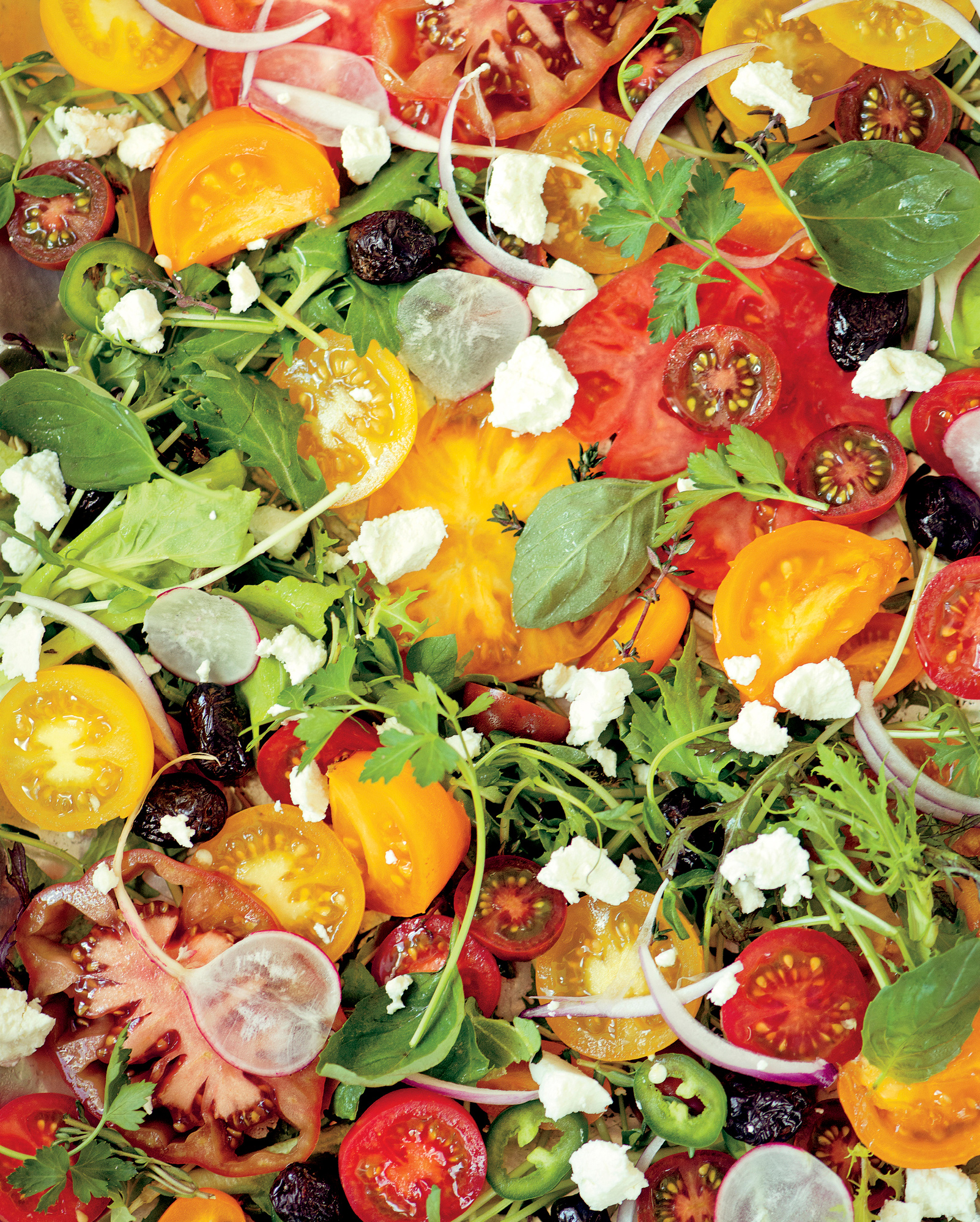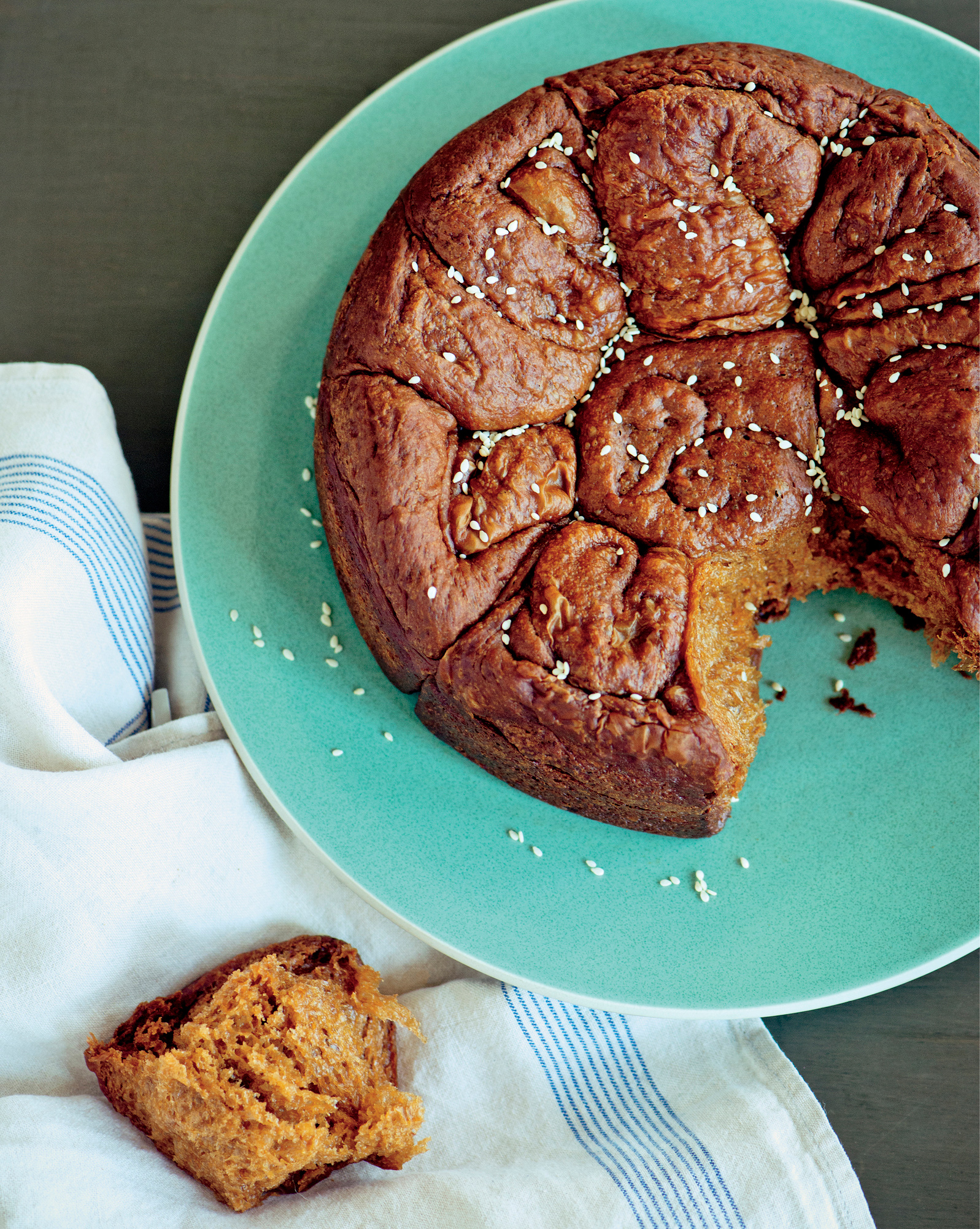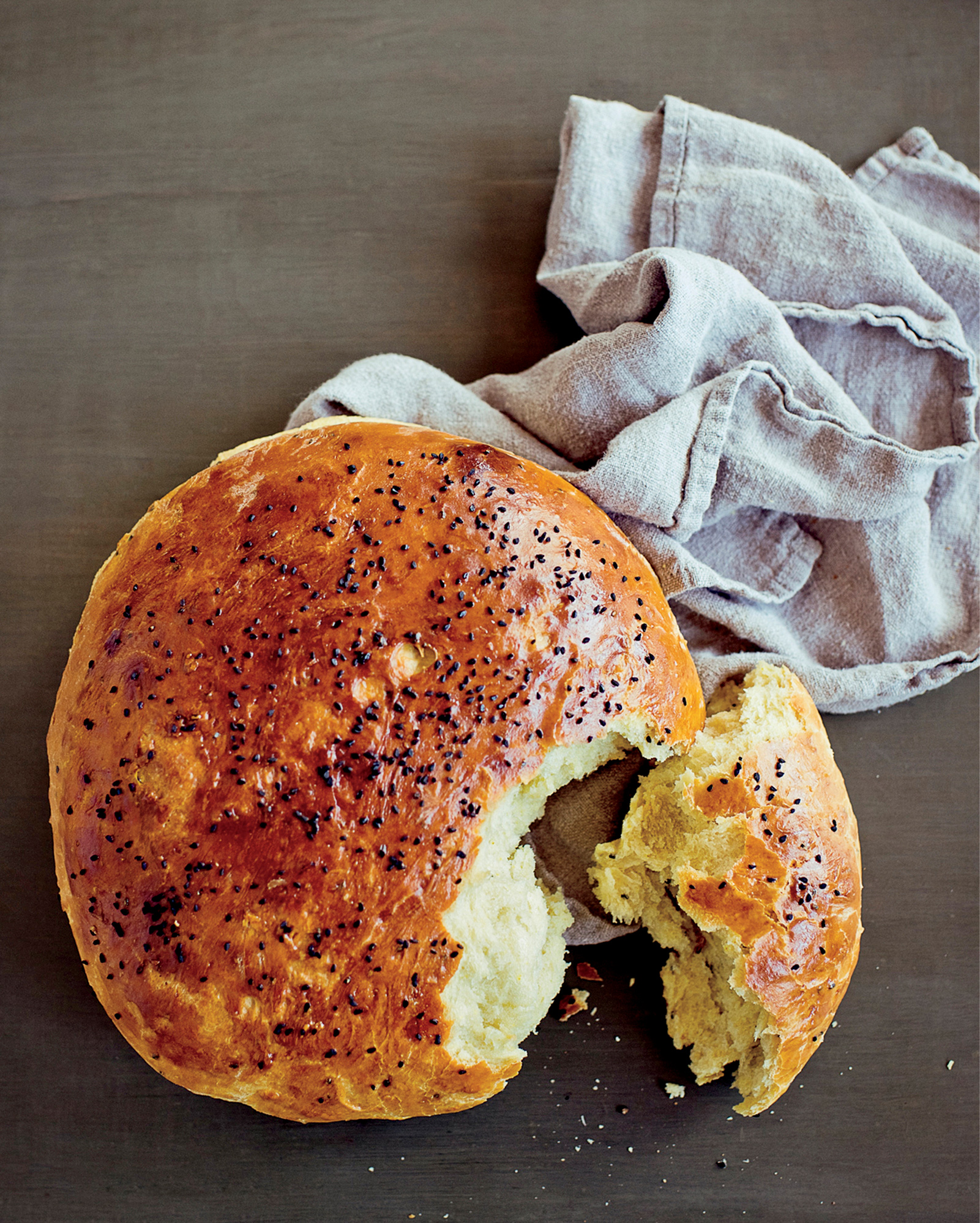Contents
ALSO BY JOAN NATHAN
Quiches, Kugels, and Couscous
Joan Nathans Jewish Holiday Cookbook (revised)
The New American Cooking
The Foods of Israel Today
Jewish Cooking in America, Expanded Edition
The Jewish Holiday Baker
Jewish Cooking in America
The Jewish Holiday Kitchen
The Childrens Jewish Holiday Kitchen
An American Folklife Cookbook
The Flavor of Jerusalem (with Judy Stacey Goldman)
THIS IS A BORZOI BOOK
PUBLISHED BY ALFRED A. KNOPF
Copyright 2017 by Joan Nathan
All rights reserved. Published in the United States by Alfred A. Knopf, a division of Penguin Random House LLC, New York, and in Canada by Appetite by Random House, a division of Penguin Random House Canada Limited, Toronto.
www.aaknopf.com
Knopf, Borzoi Books, and the colophon are registered trademarks of Penguin Random House LLC.
Library of Congress Cataloging-in-Publication Data
Names: Nathan, Joan.
Title: King Solomons table : a culinary exploration of Jewish cooking from around the world / Joan Nathan ; photographs by Gabriela Herman.
Description: First edition. | New York : Alfred A. Knopf, [2017] |
Includes bibliographical references and index.
Identifiers: LCCN 2016047294 (print) | LCCN 2016047838 (ebook) |
ISBN 9780385351140 (hardcover : alk. paper) | ISBN 9780385351157 (eBook)
Subjects: LCSH : Jewish cooking. | LCGFT : Cookbooks.
Classification: LCC TX 724 . N 375 2017 (print) | LCC TX 724 (ebook) |
DDC 641.5/676dc23
LC record available at https://lccn.loc.gov/2016047294
Hardcover ISBN9780385351140
Ebook ISBN9780385351157
All photographs are copyright by Gabriela Herman, with the exception of photographs on from the Yale Babylonian Collection
Cover photo by Gabriela Herman
Cover design by Kelly Blair
v4.1
a
To Allan
When the woman saw that the tree was good for eating and a delight to the eyes, and that the tree was desirable as a source of wisdom, she took of its fruit and ate. She also gave some to her husband, and he ate.
Genesis 3:6
Contents
Foreword
I met Joan in 1987, on a gastronomic tour of the Republic of Georgia and the Soviet Union. What struck me from the first day was that Joan was utterly tireless. She was always making connections everywhere we went: asking restaurant owners about the origins of the dishes they were serving, striking up conversations with the Tbilisi farmers selling their jewel-red pomegranates, finding out which vegetables were in season in the markets, and learning where cooks families had come from. She had an inexhaustible interest in food and the people who were creating it, and she innately understood the importance of taste and our cultural roots. It has been nearly thirty years now since we met, and I know now more than ever that Joan is an unstoppable force.
Over the last four decades, Joan has become the most important preservationist of Jewish food traditions, researching and honoring the rich heritage that has connected people for millennia. I still marvel at her devotion, which is so evident in this book: A meticulous historian and intrepid anthropologist, Joan follows the threads of Jewish food culture across centuries and continents, tracing the surprising and delicious ways they cross and weave. Just as important, she is a clear-voiced storyteller and food writer who takes us on little journeys that bring each dish to life, whether it is a favorite spinach salad with walnuts and cilantro she first tasted on that trip of ours to Georgia, a comforting spiced Moroccan vegetable soup used to break the fast of Yom Kippur, or Sri Lankan breakfast buns with a cinnamon-laced onion confit, adapted from a bun Joan found at a roadside stand in Sri Lanka that reminded her of the homey taste of Jewish sweet onion rolls. This is what makes King Solomons Table so important, and such a pleasure to read: Joan celebrates both the diversity and unexpected commonalities of these foods from around the world. And she shows us how simple, beautiful, and real food can bring us all together, around the table and across the globe, forming the heart of our communities.
ALICE WATERS
Introduction
So King Solomon exceeded all the kings of the earth in riches and in wisdom. And all the earth sought the presence of Solomon, to hear his wisdom, which God had put in his heart. And they brought every man his present, vessels of silver, and vessels of gold, and raiment, and armor, and spices, horses, and mules, a rate year by year.
1 Kings 10:2325
Setting King Solomons Table: A Brief History of Jewish Food
The beautiful walls of the Paradesi Synagogue in Kochi, Kerala, are adorned with the history of the Jews in India. On a recent trip there, I read an inscription suggesting that Jewish traders might have reached India from Judea, crossing the Indian Ocean during the reign of King Solomon. Of course, I thought, since, as scholars have told us, until the eleventh century C . E ., 90 percent of Jews lived in the Middle East and used the Arabian Sea and the Indian Ocean as their major highways for trade. It is a long journey, of thousands of miles, so the evidence of their seafaring prowess is there for all to see.
I became fascinated with this arduous journey and what spurred people of that distant era to make it. Unable to jump into a time machine, I did the next best thing: I visited Chendamangalam, a tiny village about twenty miles north of Kochi, resplendent with coconut, mango, and cinnamon trees and cardamom and pepper vines. As I walked toward the bank of the nearby Periyar River, which flows into the Arabian Sea, I imagined ancient Hebrew adventurers and traders arriving on the shores and marveling at the lushness of the terrain.
Although there is little evidence as to the exact date, Jewish traders may have traveled to this area in search of spices, precious stones, timber, and ivory tusks as early as the tenth century B . C . E , around the time that the Bible tells us that King Solomon was seeking jewels and other precious treasures to build his temple.
Little is known about King Solomonand some scholars even doubt his existencebut his story offers an image of a ruler presiding over a diversity of cultures, an abundance of food, and reaching beyond his borders to feed his kingdom. In the biblical account, Solomon was a large exporter of wheat and olive oil, which he bartered to the Phoenician king Hiram in return for timber and the use of skilled workmen. Solomon is said to have ruled for forty years, amassing enormous wealth. With a ravenous appetite for all aspects of life, he had seven hundred wives (among them a daughter of the pharaoh) and three-hundred-some mistresses. The biblical book of Kings tells us that some of his wives came from Egypt, Moab, Ammon, Edom (present-day Jordan), Sidon (present-day Lebanon), and Anatolia (present-day Turkey)the lands near and surrounding Judea in ancient Israel. These women likely would have brought pomegranates, dates, olives, and a variety of other foods and methods for preparing them; a different spice here, a different ingredient there; salting, drying, and pickling the fish, fruits, and vegetables to preserve them. According to tradition, the twelve tribes of Israel brought even more variety to the landeach tribe tithed the king and his family with jewels, minerals, exotic materials, and new foods and spices for one month a year. Our mythology of Solomon and his reign overflows with a table full of foods from the then-known world.





